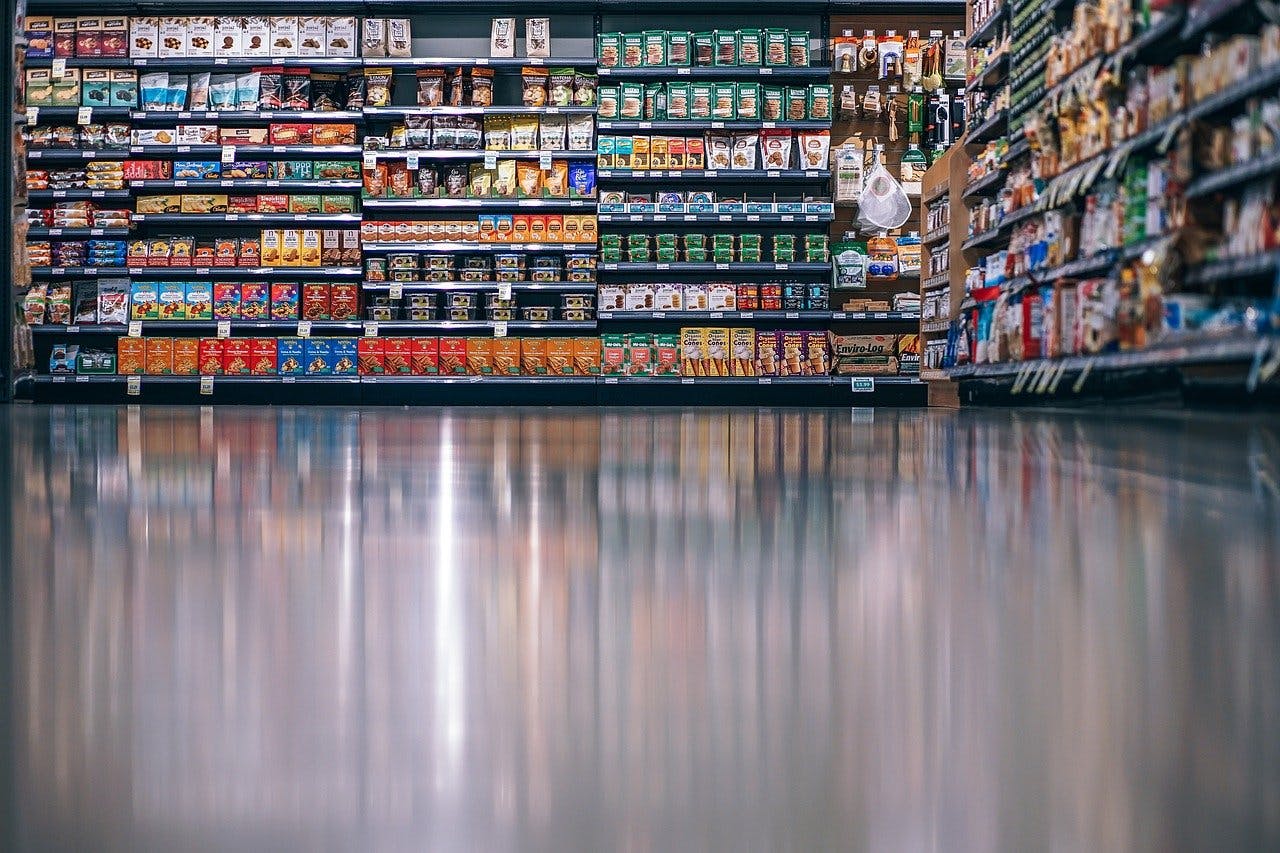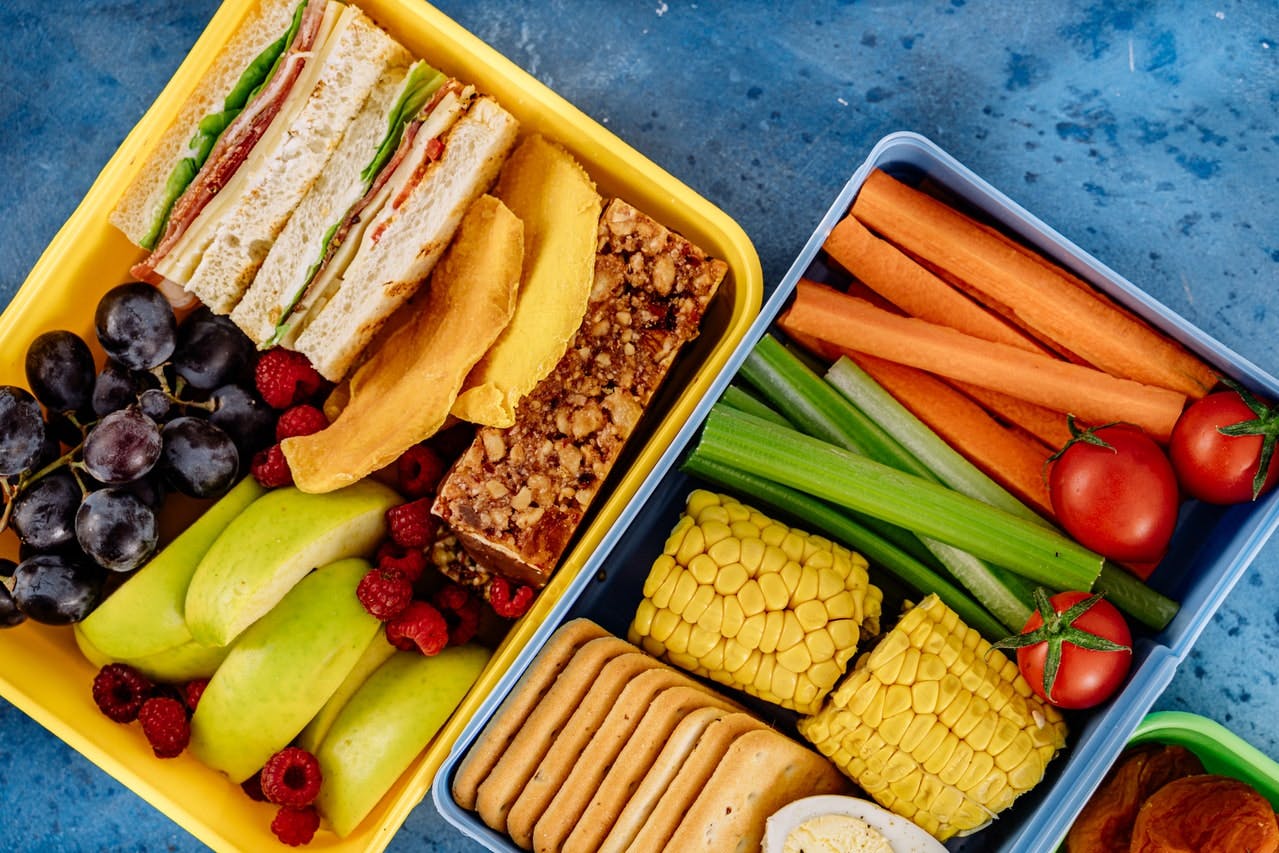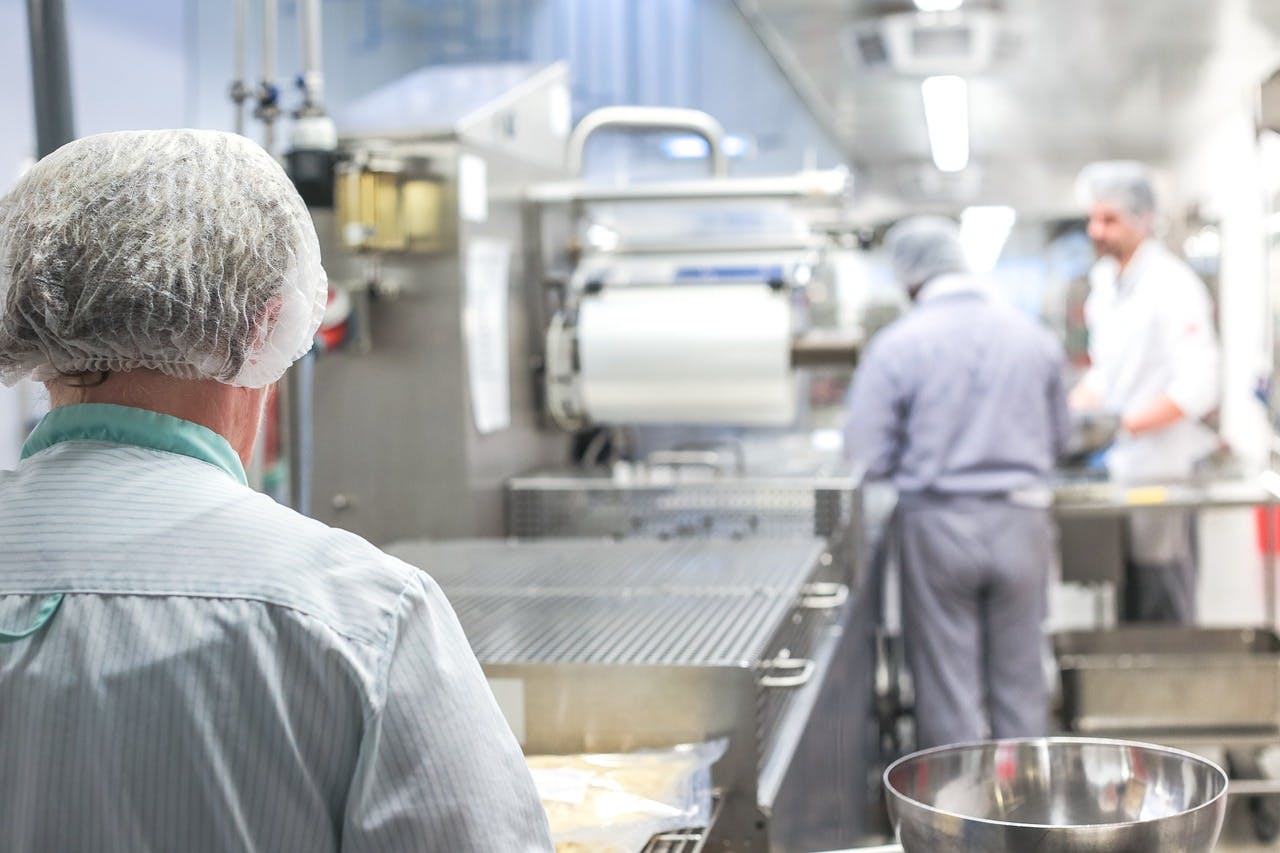Grocery buying’s shifted – U.S. sales hit $1.2 trillion in 2024, yet foot traffic lags. Hybrid work, inflation (4.1% food-at-home hike), and evolving habits dictate a new playbook. In 2025, grocers must adapt to thrive.
Four trends steer the aisles – safety, labor, innovation, home cooking. These are operational imperatives for managers aiming to meet heightened consumer demands. Here’s what’s shaping 2025, with data and monitorQA-driven solutions to stay ahead.
1. Cleanliness & Safety: Table Stakes
Shoppers won’t budge on hygiene – 84% rank store cleanliness tops. Lax sanitation? Expect traffic to tank as customers pivot to rivals. Flu cases dropped 60% during peak hygiene focus – proof it pays off.
Action: Standardize safety audits. monitorQA’s mobile checklists track KPIs – cart wipes, surface swabs – in real time, ensuring compliance and trust. Slip-ups risk fines and loyalty loss. (See features)

2. Labor Shortages: Lean Teams, Big Demands
Turnover’s brutal – 40% in grocery last year. Workers prioritize safety and flexibility, leaving stores shorthanded and training sluggish.
Action: Digitize onboarding and ops. monitorQA centralizes SOPs, training, and supplier audits – cutting ramp-up by 30%. Automate KPI tracking to maintain standards with less headcount.
3. Innovation Pull: Fresh Products Rule
Health’s hot – 70% of U.S. adults chase nutritious eats. Meal kits jumped 25% in sales since 2022. Grocers vie with restaurants – 60% of shoppers eye store-brand kits.
Action: Roll out meal solutions. monitorQA’s supplier audits lock in quality consistency; real-time data flags stockouts or spoilage – keeping you competitive.

4. Home Cooking Surge: Fatigue Looms
Home dining’s king – 92% of families cook as often as ever (NielsenIQ). But 40% feel “cooking fatigue”. Grocers can win or lose to takeout.
Action: Ease the load – curbside pickup (80% usage), deli delivery, meal kits. monitorQA’s mobile audits ensure uniform execution, no delays.
Own 2025: Precision Pays Off
Grocery’s evolving – safety, staffing, innovation, and home trends demand focus. monitorQA’s mobile inspection sofware delivers: live audit visibility, streamlined workflows, consistent standards, and compliance security. Nail execution, keep customers. Book a consultation to customize it for your stores.
last modified:04.01.25
Recent Posts

Top 5 Food Processing Industry Trends That Matter in 2025

Keeping Up With Compliance Trends 2025

OSHA Ladder Safety 101: How to Meet OSHA Standards and Keep Your Workers Safe

Car Wash Safety: Regulations & Best Practices You Need to Know

Fall Hazards At Work: How To Keep Your Employees Safe

The High Price of Neglect: OSHA Violations and Penalties

Expert Advice on Preventing Workplace Electrical Hazards

Slips, Trips and Falls in the Workplace: Best Practices

HSEQ Audit: The Complete Guide

Improve Safety: Inspection Management Software Benefits
